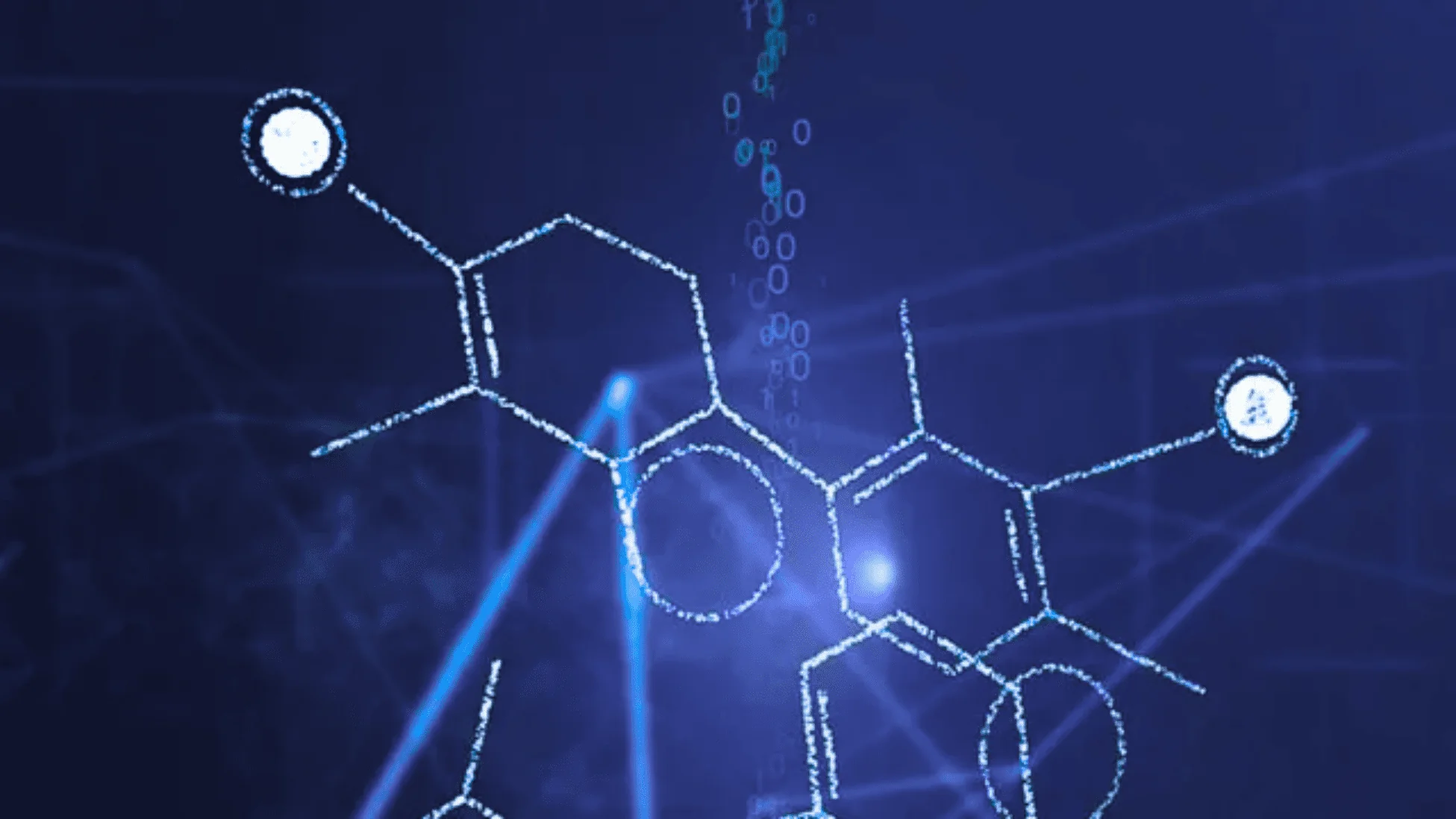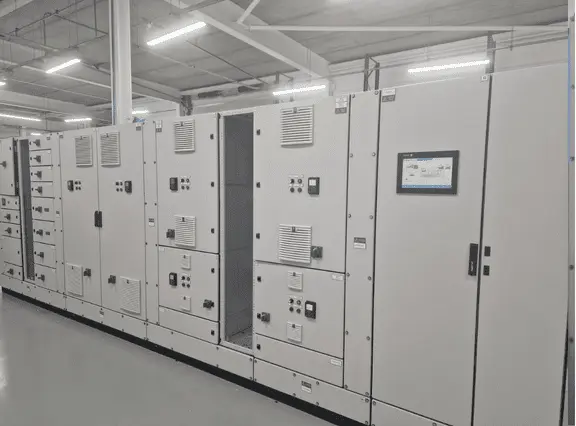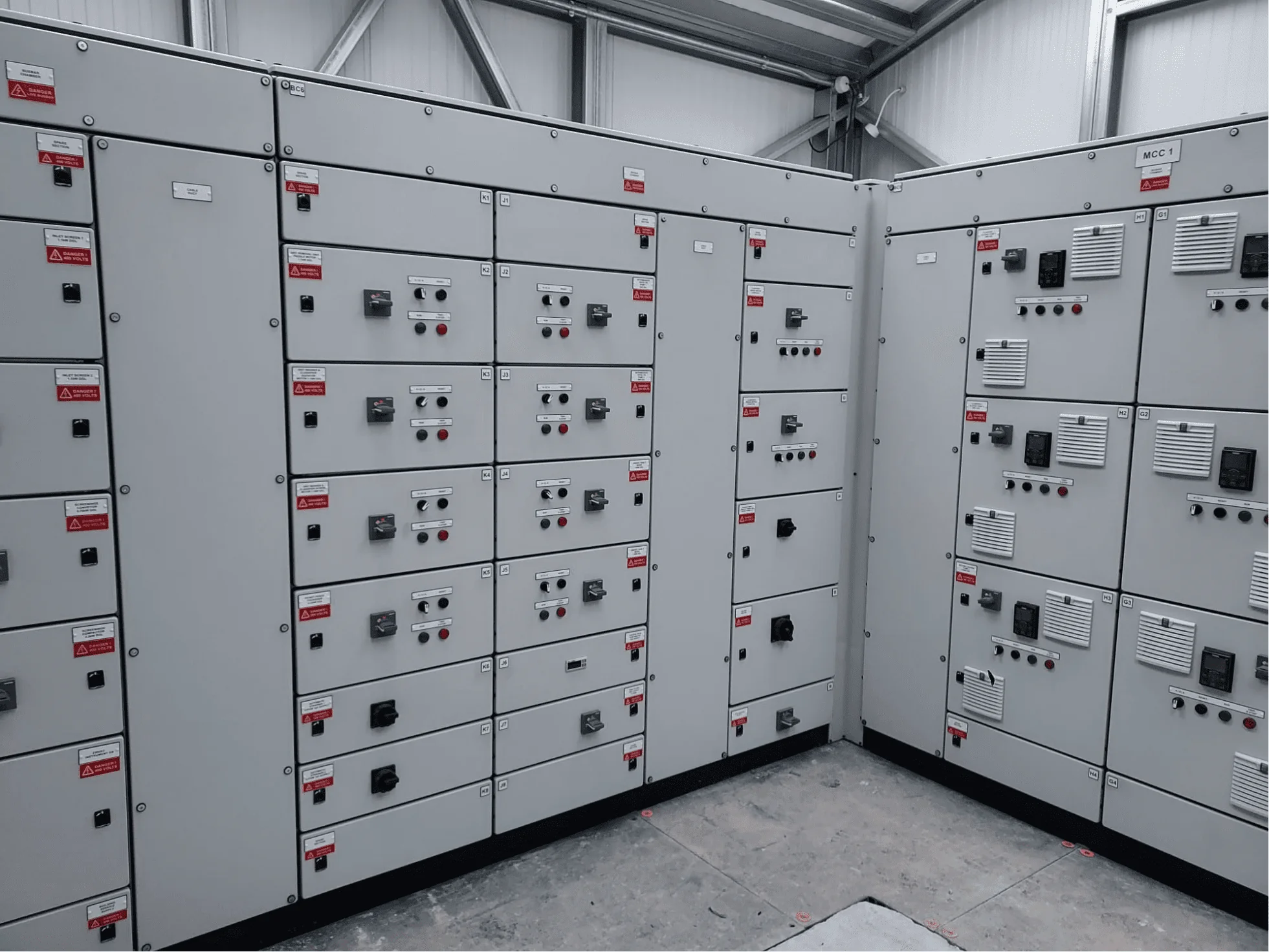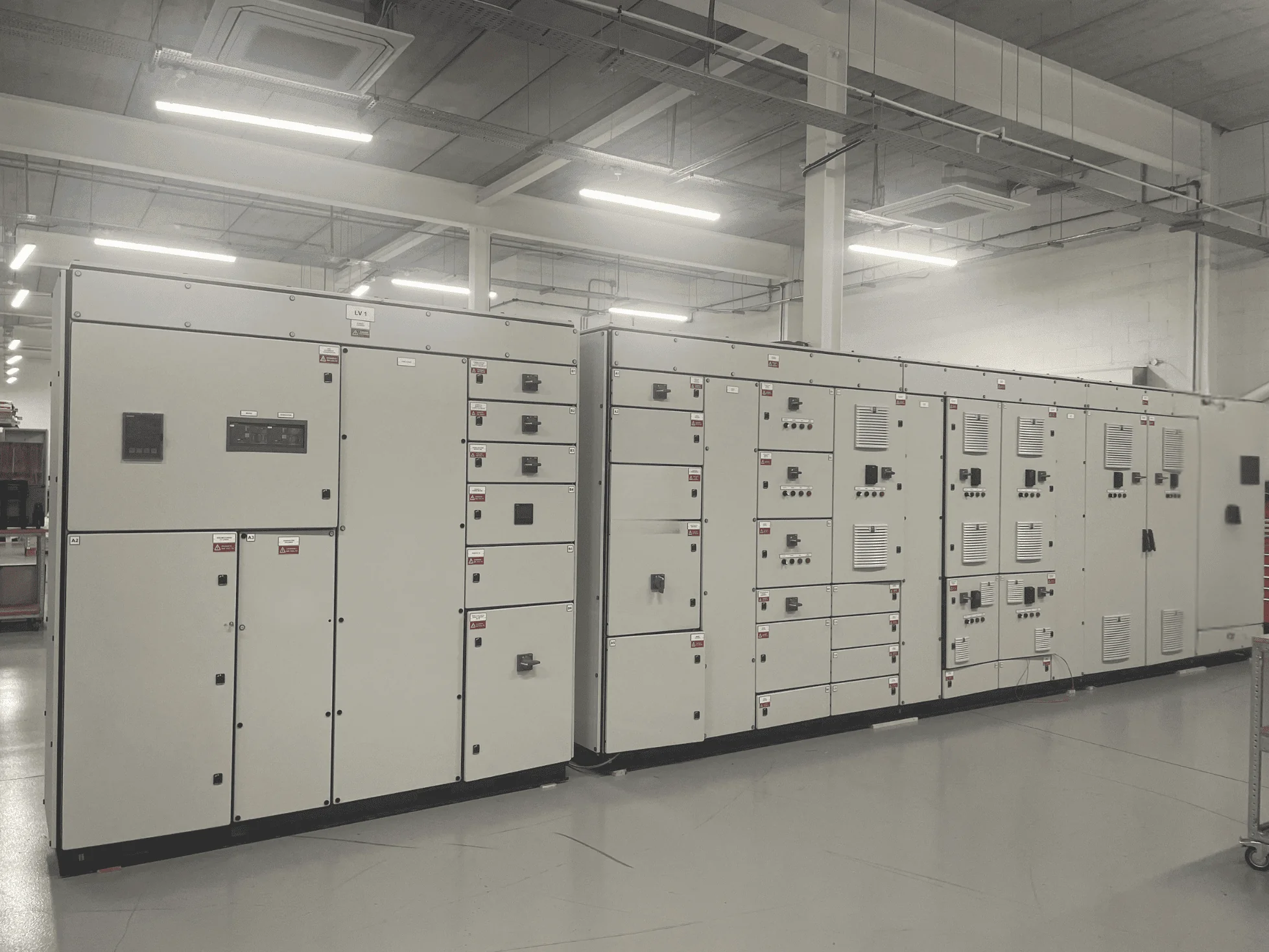Digital transformation for a sustainable and effective water sector
Our most valuable resource is water. In Order to increase the little amount of usable water and improve the quality of rivers, lakes, and seas, highly effective wastewater treatment faculties are necessary. Above all, sophisticated, energy-intensive wastewater treatment necessitates simple, eco friendly, and energy-efficient operations management across the board….
Clean Water through high tech
There are significant differences in the chemical, biological, and solid matter contamination levels of wastewater from homes and businesses. Because of this, reprocessing is quite expansive and time-consuming. Designing and running a plant that is both cost-effective and future-ready is your challenge as a planner and operator. With our extensive product line and customised solutions, we are prepared to assist you.
Digitalization of the wastewater industry

Future wastewater systems will be intelligent and energy-efficient. Resource consumption is reduced and energy efficiency is raised by intelligent, networked systems. Digitalised solutions that best complement our tried-and-true automation and drive technology are the main elements of Water 4.0. Throughout the whole lifecycle, they assist in the generation and dissemination of pertinent data for the water business and offer fact-based data analysis.
Protect plants against unauthorized access
For monitoring and control purposes, most contemporary water and wastewater plants are online. This offers more flexibility and transparency, but there are hazards involved as well: Cyberspace attacks are now a possibility for previously protected processes. We safeguard you and your plant on three levels with SIEMENS defence in depth concept: system integrity (e.g., by authenticating and authorising certain users), network security (e.g., by employing firewalls), and plant security (e.g., access control). Our all-encompassing strategy shields you from unauthorised access.
Efficient energy management in the wastewater industry
One of the largest cost components of water and wastewater treatment facilities is energy usage. Therefore, one of the main obstacles to plant optimisation is identifying and getting rid of energy-guzzlers. Our clever products, services, and solutions enable you to drastically save expenses while achieving transparency regarding your energy consumption. These include the scalable cross-location SIMATIC Energy Manager PRO energy management solution, which functions on three levels: Energy monitoring and control allow for efficiency improvements; contract analyses and energy forecasts allow for more affordable energy purchases; and flexible reporting makes energy management easier.
Products, solutions, and services throughout the entire plant lifecycle
The simplification and standardisation of work processes, their automation and parallelisation, their electrification and digitisation are all critical components in increasing your plant’s efficiency. Throughout the whole plant lifecycle, sustained innovation, efficiency, and improved productivity and quality are necessary to complete in the global market. Our Specialised equipment, services, and solutions assist you in achieving integrated plant management.








